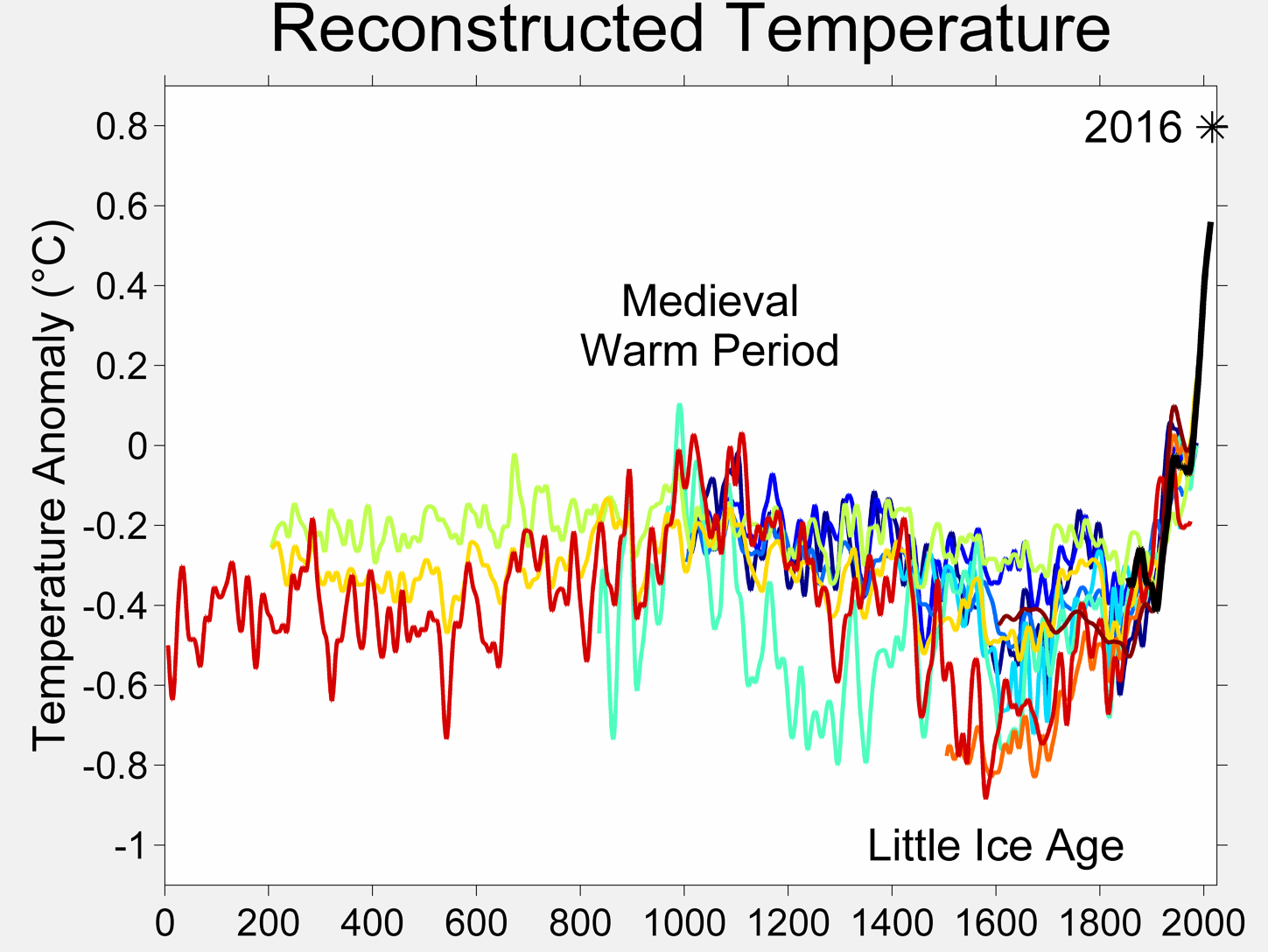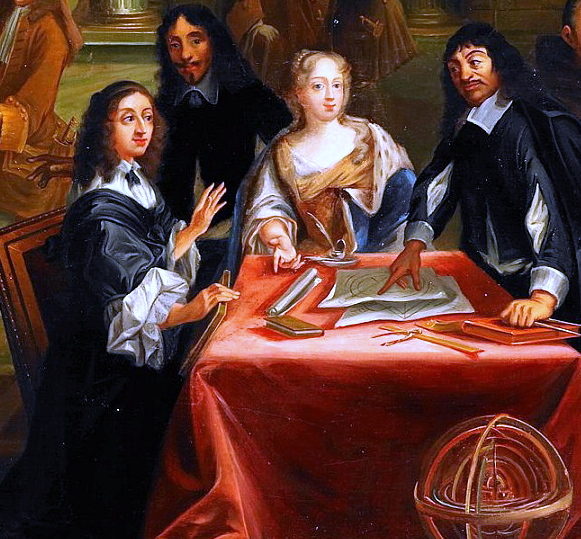Find out the latest thinking about our universe.
-
bystander
- Apathetic Retiree
- Posts: 21577
- Joined: Mon Aug 28, 2006 2:06 pm
- Location: Oklahoma
Post
by bystander » Tue Sep 14, 2010 11:42 pm
Say Goodbye to Sunspots?
Science NOW | 14 Sept 2010
Scientists studying sunspots for the past 2 decades have concluded that the magnetic field that triggers their formation has been steadily declining. If the current trend continues, by 2016 the sun's face may become spotless and remain that way for decades—a phenomenon that in the 17th century coincided with a prolonged period of cooling on Earth.
Sunspots appear when upwellings of the sun's magnetic field trap ionized plasma—or electrically charged, superheated gas—on the surface. Normally, the gas would release its heat and sink back below the surface, but the magnetic field inhibits this process. From Earth, the relatively cool surface gas looks like a dark blemish on the sun.
Astronomers have been observing and counting sunspots since Galileo began the practice in the early 17th century. From those studies, scientists have long known that the sun goes through an 11-year cycle, in which the number of sunspots spikes during a period called the solar maximum and drops—sometimes to zero—during a time of inactivity called the solar minimum.
The last solar minimum should have ended last year, but something peculiar has been happening. Although solar minimums normally last about 16 months, the current one has stretched over 26 months—the longest in a century. One reason, according to a paper submitted to the International Astronomical Union Symposium No. 273, an online colloquium, is that the magnetic field strength of sunspots appears to be waning.
Long-term Evolution of Sunspot Magnetic Fields - Matthew Penn, William Livingston
-
bystander
- Apathetic Retiree
- Posts: 21577
- Joined: Mon Aug 28, 2006 2:06 pm
- Location: Oklahoma
Post
by bystander » Wed Sep 15, 2010 4:08 pm
Sunspots could soon disappear for decades
PhysOrg | Space Exploration | 15 Sept 2010
Sunspot formation is triggered by a magnetic field, which scientists say is steadily declining. They predict that by 2016 there may be no remaining sunspots, and the sun may stay spotless for several decades. The last time the sunspots disappeared altogether was in the 17th and 18th century, and coincided with a lengthy cool period on the planet known as the Little Ice Age.
-
rstevenson
- Quis custodiet ipsos custodes?
- Posts: 2705
- Joined: Fri Mar 28, 2008 1:24 pm
- Location: Halifax, NS, Canada
Post
by rstevenson » Wed Sep 15, 2010 5:26 pm
.. The last time the sunspots disappeared altogether was in the 17th and 18th century, and coincided with a lengthy cool period on the planet known as the Little Ice Age.
We may yet be saved from slowly baking ourselves into extinction.
Rob
-
BMAONE23
- Commentator Model 1.23
- Posts: 4076
- Joined: Wed Feb 23, 2005 6:55 pm
- Location: California
Post
by BMAONE23 » Wed Sep 15, 2010 9:28 pm
If the Sunspots go away for decades, similar to the Maunder Minimum of the mid 1600's to early 1700's, we could possibly see a return to climate conditions similar to the LIA (little ice age) of that time period. If CO2 has any major affect to increase temperatures, then it just might be our savior.
-
neufer
- Vacationer at Tralfamadore
- Posts: 18805
- Joined: Mon Jan 21, 2008 1:57 pm
- Location: Alexandria, Virginia
Post
by neufer » Wed Sep 15, 2010 10:21 pm
BMAONE23 wrote:
If the Sunspots go away for decades, similar to the Maunder Minimum of the mid 1600's to early 1700's, we could possibly see a return to climate conditions similar to the LIA (little ice age) of that time period. If CO2 has any major affect to increase temperatures, then it just might be our savior.
There is certainly a case to be made for about half of the current [0.8º C] global warming from 1850 to the present being attributable to a recovery of from 400 year long "The Little Ice Age" [from 1450 to 1850].
Throughout this Little Ice Age, the world experienced heightened volcanic activity [as well as heightened human wood burning].
Coincidentally, right in the middle [1645–1715] of the Little Ice Age, there was a [
much shorter 70 year] period of low solar activity known as the Maunder Minimum. A growing body of scientific evidence indicates that there is a very low understanding of the correlation between low sunspot activity and cooling temperatures. The Spörer Minimum has also been identified with a significant cooling period near the beginning of the Little Ice Age. Other indicators of low solar activity during this period are levels of the
isotopes carbon-14 and beryllium-10.
Art Neuendorffer
-
Ann
- 4725 Å
- Posts: 13427
- Joined: Sat May 29, 2010 5:33 am
Post
by Ann » Thu Sep 16, 2010 12:37 am
Sunspot-less seventeenth century was hellish in Sweden. We were at war most of the time. All of Europe was at war for much of the time over which version of Christanity was the right one, but Sweden found reasons to go to war for other reasons too, like money and pride and general belligerence (I'm reminded of those apes who show off their behinds, all blue and red and what not, to other males to see who's got the biggest). As a consequence of the needs of kings to find out which of them was more manly, a very considerable part of Sweden's male population died of infectious diseases as they were taken from their villages and forced into "basic training" and were housed together in absurdly bad barrack-rooms and given atrociously bad food (not that there was much food to give them, since harvests were mostly bad and things didn't grow well so far north, particularly not during the Maunder minimum). And there hundreds of offenses that led to capital punishment, and people were drawn and quartered and had their limbs chopped off before they were hanged, and Sweden burned witches. And philosopher and scientist Rene Descartes visited Queen Christina in Stockholm and froze to death in the royal castle.
Sunspots, sunspots, please don't go away!
Ann
Color Commentator
-
neufer
- Vacationer at Tralfamadore
- Posts: 18805
- Joined: Mon Jan 21, 2008 1:57 pm
- Location: Alexandria, Virginia
Post
by neufer » Thu Sep 16, 2010 1:08 am
Ann wrote:
Philosopher and scientist Rene Descartes visited Queen Christina in Stockholm and froze to death in the royal castle.
http://en.wikipedia.org/wiki/Ren%C3%A9_Descartes wrote:
<<René Descartes died on 11 February 1650 in Stockholm, Sweden, where he had been invited as a teacher for Queen Christina of Sweden. The cause of death was said to be pneumonia—accustomed to working in bed until noon, he may have suffered a detrimental effect on his health due to Christina's demands for early morning study (the lack of sleep could have severely compromised his immune system). Others believe that Descartes may have contracted pneumonia as a result of nursing a French ambassador, Dejion A. Nopeleen, ill with the aforementioned disease, back to health. In his recent book, Der rätselhafte Tod des René Descartes (The Mysterious Death of René Descartes), the German philosopher Theodor Ebert asserts that Descartes died not through natural causes, but from an arsenic-laced communion wafer given to him by a Catholic priest. He believes that Jacques Viogué, a missionary working in Stockholm, administered the poison because he feared Descartes' radical theological ideas would derail an expected conversion to Roman Catholicism by the monarch of Protestant Lutheran Sweden.
In 1663, the Pope placed his works on the Index of Prohibited Books.
As a Roman Catholic in a Protestant nation, he was interred in a graveyard mainly used for unbaptized infants in Adolf Fredriks kyrkan in Stockholm. Later, his remains were taken to France and buried in the Abbey of Saint-Germain-des-Prés in Paris. Although the National Convention in 1792 had planned to transfer his remains to the Panthéon, they are, two centuries later, still resting between two other graves—those of the scholarly monks Jean Mabillon and Bernard de Montfaucon—in a chapel of the abbey.
Descartes arrives at only a single principle: thought exists. Thought cannot be separated from me, therefore, I exist. Most famously, this is known as cogito ergo sum (English: "I think, therefore I am"). Therefore, Descartes concluded, if he doubted, then something or someone must be doing the doubting, therefore the very fact that he doubted proved his existence. "The simple meaning of the phrase is that if one is skeptical of existence, that is in and of itself proof that he does exist.">>
Art Neuendorffer


